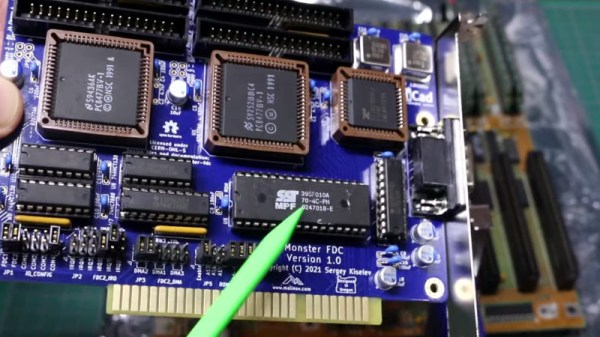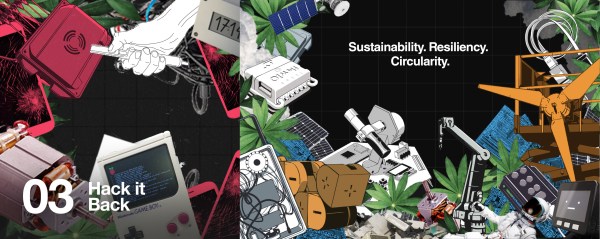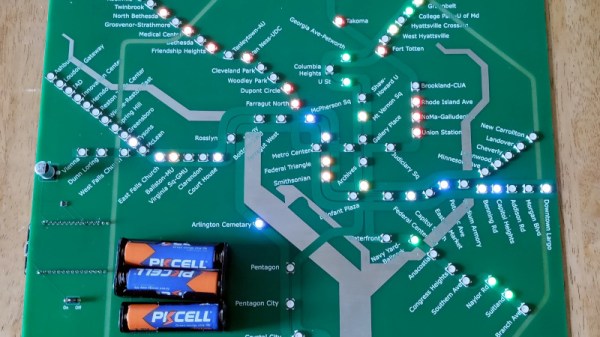The term “open source” can be tricky. For many people, it’s taken to mean that a particular piece of software is free and that they can do whatever they wish with it. But the reality is far more complex, and the actual rights you’re afforded as the user depend entirely on which license the developers chose to release their code under. Open source code can cost money, open source code can place limits on how you use it, and in some cases, open source code can even get you into trouble down the line.
Which is precisely what the Fedora Project is looking to avoid with their recent decision to reject all code licensed under the Creative Common’s “Public Domain Dedication” CC0 license. It will still be allowed for content such as artwork, and there may even be exceptions made for existing packages on a case-by-case basis, but CC0 will soon be stricken from the list of accepted code licenses for all new submissions.
 Fedora turning their nose up at a software license wouldn’t normally be newsworthy. In fact, there’s a fairly long list of licenses that the project deems unacceptable for inclusion. The surprising part here is that CC0 was once an accepted license, and is just now being reclassified due to an evolving mindset within the larger free and open source (FOSS) community.
Fedora turning their nose up at a software license wouldn’t normally be newsworthy. In fact, there’s a fairly long list of licenses that the project deems unacceptable for inclusion. The surprising part here is that CC0 was once an accepted license, and is just now being reclassified due to an evolving mindset within the larger free and open source (FOSS) community.
So what’s the problem with CC0 that’s convinced Fedora to distance themselves from it, and does this mean you shouldn’t be using the license for your own projects?
Continue reading “Why Fedora Decided To Give CC0 Licensed Code The Boot”



















